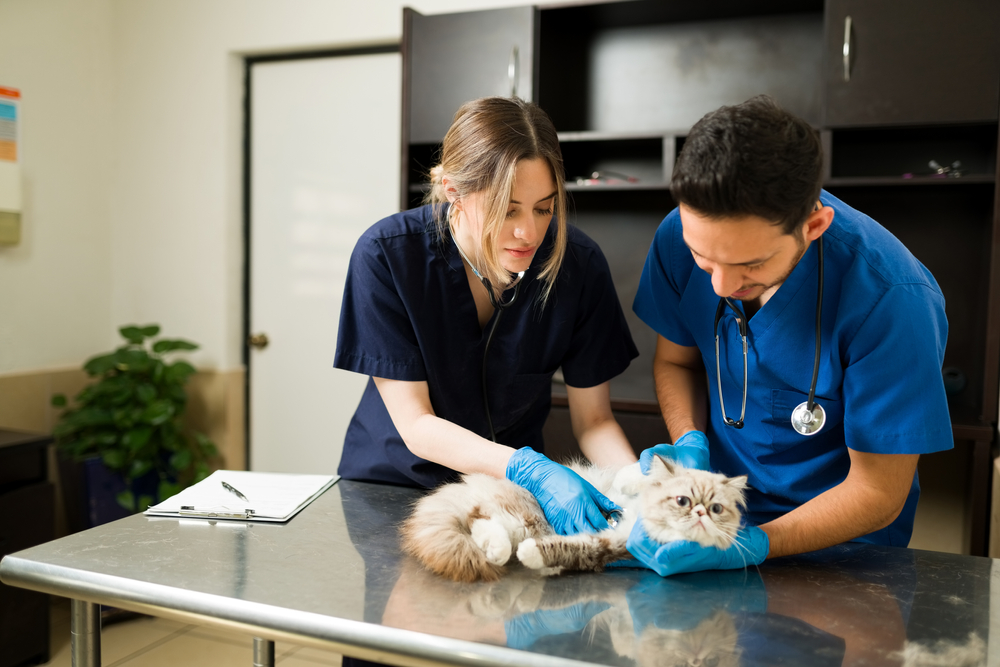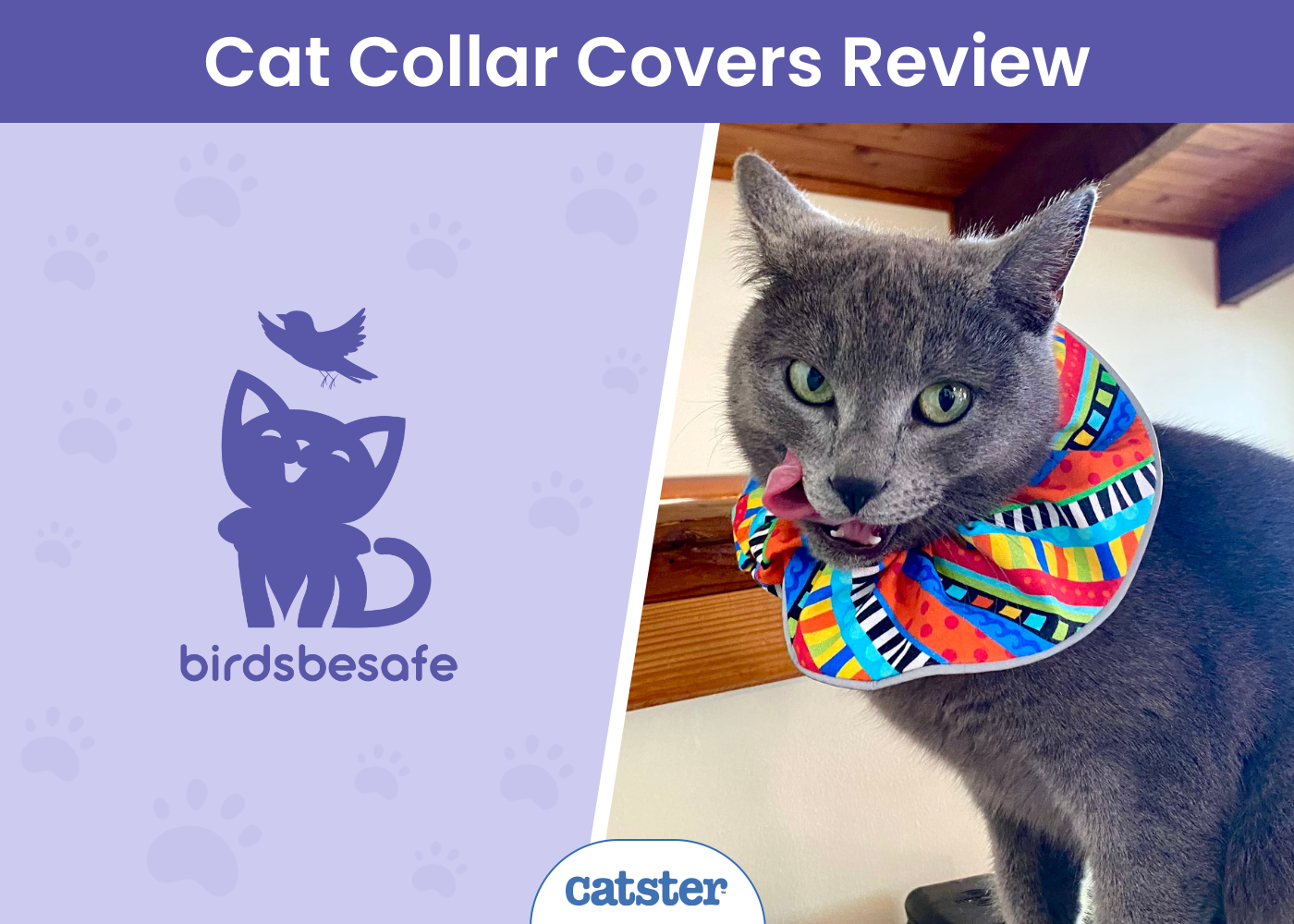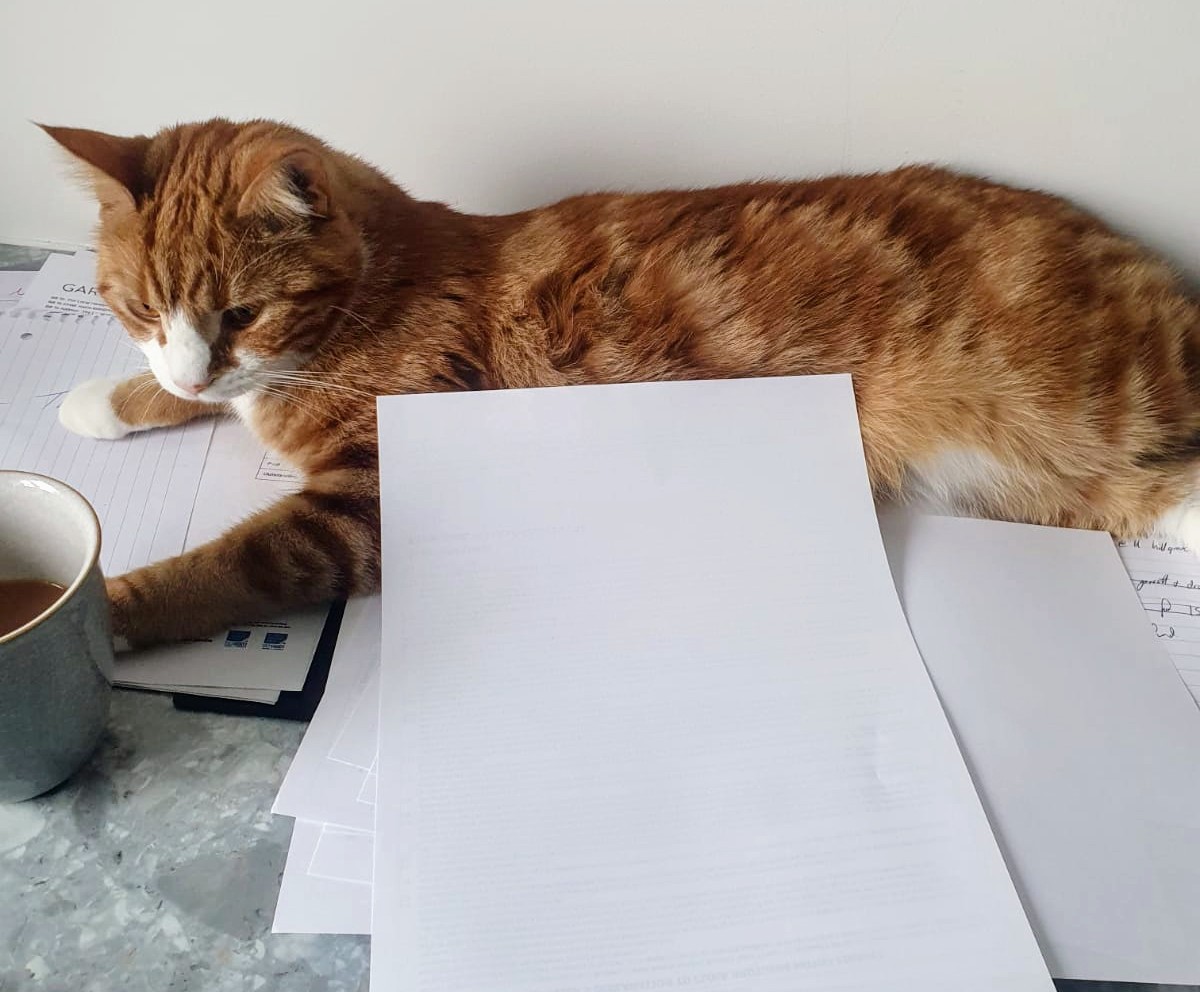Fleas are pernicious little parasites, and it can be hard to get rid of them on your cat. This fact has given rise to the rumor of UV light killing fleas, but is it true? UV light can technically kill fleas, but it would take so long that you’d be better off getting rid of your cat’s fleas through more traditional methods, such as those prescribed by your vet.
UV light, like a blacklight, contains a small amount of radiation. This isn’t harmful to people or pets, but it’s known to mutate the DNA in germs. That’s why UV lights are sometimes used to help sterilize surgical environments in the medical field.
Sadly, UV light cannot penetrate a flea’s tough chitinous exoskeleton that well. In theory, though, it could kill fleas. A few unsubstantiated sources online claim that UV wands can get rid of fleas, but there’s nothing to actually back this up.
UV lights might not be the answer to solving your kitty’s flea problem, but don’t worry; we have all the info that you need to treat your cat and home to kill and deter fleas in the future. Dive into the details here!

How Is My Cat Affected by Fleas?
Fleas are parasitic creatures that feast on warm-blooded critters like your cat, and they live nearly anywhere animals do. Merely taking a walk outside can attract fleas, as they jump on and hitch a ride back to your house. If not taken care of, they’ll feast and multiply on your cat, frustrating them with itchiness in the process.
Cats can experience various signs when afflicted with fleas, and some are less common but more severe. To get a better idea, let’s look at how you can spot a case of fleas on your cat.
- Skin Irritation: Cats are fastidious animals that can get hypersensitive to the intense itching from fleas, leading to rashes and even bleeding wounds.
- Fur Loss: Sometimes caused when severe cases of fleas annoy the cat enough for them to scratch at their own fur repeatedly.
- Anemia: Kittens and immunocompromised cats are more prone to anemic signs from flea bites, and it can be life threatening if left untreated.
- Parasites: If your cat eats a flea infested with tapeworm larvae, they could get infested with the parasite themselves.
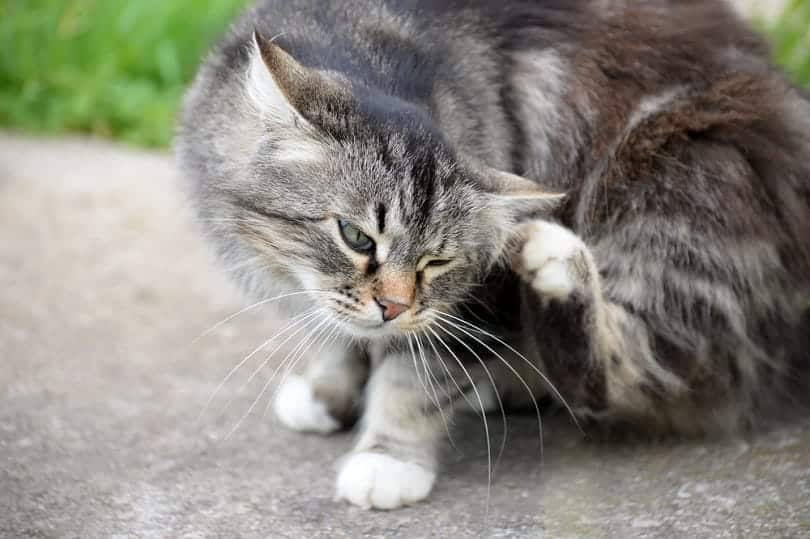
 Other Flea Control Methods
Other Flea Control Methods
UV light isn’t very effective at controlling fleas, but it can’t hurt as a supplementary measure. As primary measures, your best tools are a good flea comb and topical flea medication. Your vet can also give you advice on how to treat fleas, though products like Frontline and Advantage don’t require a prescription.
Flea Comb
A high-quality fine-tooth flea comb can remove adult fleas and their eggs from your cat’s fur, but it can take a lot of work. This makes flea combs best for when your cat gets the odd flea on them from going outside, but they are less effective at combating heavy flea infestations. Cats are good about grooming themselves, but a good once-over daily session with your flea comb can help reduce the number of fleas in your home in a pinch.
Flea Medication
Topical flea medications recommended or prescribed by your cat’s veterinarian are the most effective tools for both killing fleas and preventing them from coming back. They have an easy-to-use formula that starts working within 24 hours, and you may notice fleas jumping away from your cat during this time.
Topical flea and tick products typically last a month or longer, but read the product’s packaging to stay up to date on when you need to reapply the medicine. Lapses in applying topical flea medications can give fleas time to make a comeback, so mark your calendar.
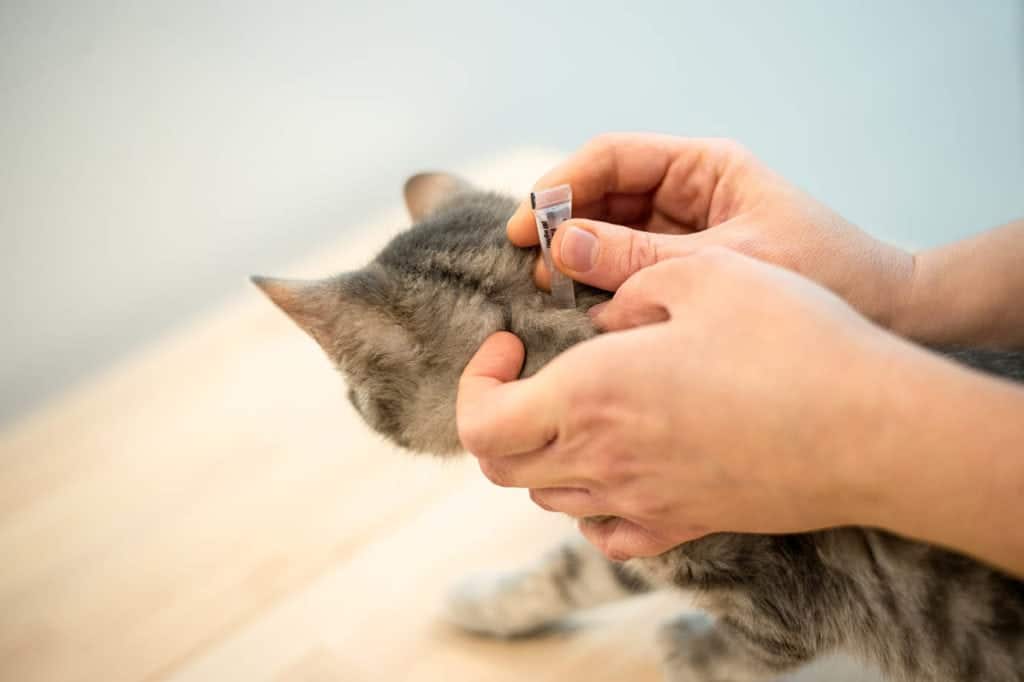
 Treating Your Home for Fleas
Treating Your Home for Fleas
Fleas aren’t just on your cat or other pets; they can live on your carpet and other flooring too. Fleas love carpets because thick carpet fibers trap skin cells, hair, and other matter that fleas can feast on. They also make an ideal environment for flea eggs, which can reinfest your cat. Let’s go over the best ways to treat your house for fleas to make sure they never come back again.
- Regularly vacuum all carpets, flooring, and upholstery throughout your home where fleas can live and lay eggs. Immediately empty the canister or vacuum bag into an external trash can to stop them from returning.
- Wash any pet bedding, clothes, or other fabrics your cat comes into contact with, using hot water if possible. A cycle through the wash and dryer should take care of any fleas and eggs.
- Don’t neglect hardwood floors either. Fleas don’t like it as much as carpets, but they can live there until a host comes by.
- Consider using cleaning agents like vinegar, baking soda, and salt to deter fleas and other small insects around the house.

Conclusion
UV light might be a fine secondary measure for deterring fleas around your house, but it hasn’t been shown to be very effective. Your best options to keep those little bloodsuckers at bay are a flea comb, topical medications, and good housekeeping.
See also:
Featured Image Credit: Khamklhai Thanet, Shutterstock






